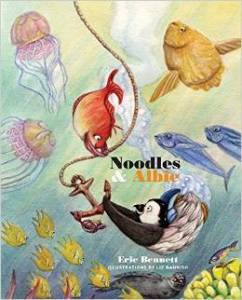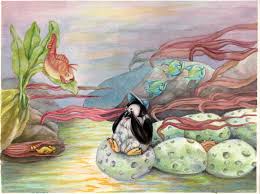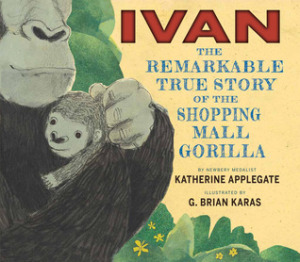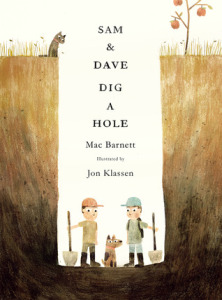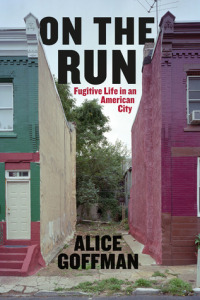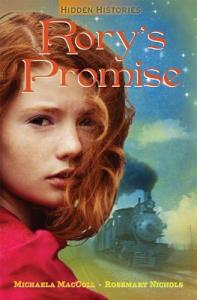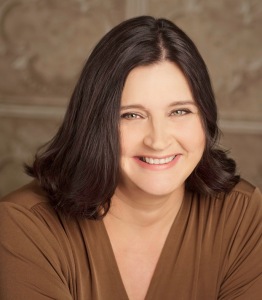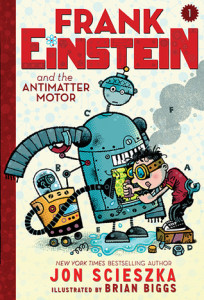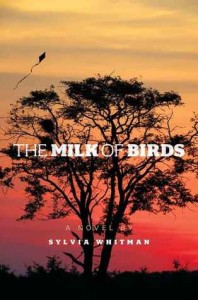Noodles & Albie
Author: Eric Bennett
Illustrator: Liz Bannish
Published January 1st, 2014 by Small Batch Books
Publisher’s Summary: Noodles, a young penguin, is on his first and very memorable adventure at sea in the mysterious Southern Ocean. When his fun takes a turn and Noodles discovers he is lost, he tries to find his way home before darkness sets in, meeting an
interesting cast of characters along the way. Noodles has nearly given up when he meets a friendly fish named Albie who knows the sea “like the back of my fin.” Together, they begin their journey. Children will go along for the ride while wondering if this duo will make it home to the penguin colony before dark. This charming and imaginative story is set against a backdrop of beautifully intricate watercolor illustrations that help bring it to life.
About the Author: A native of New York City, Eric Bennett’s passion for penguins began as a kid. After graduating Queens College, he opened the world’s first all-penguin shop at South Street Seaport. In time, Bennett began offering his retail rookery online when he launched PenguinGiftShop.com. “Penguin & Fish” was one of the many inspired stories Bennett would recite to entertain his daughters in car rides and at bedtime. Bennett showed the story to his artist friend, Liz Bannish, and soon Noodles & Albie came to be. Eric presently lives in Northampton, Massachusetts with his daughters and a few hundred penguins. This is his first book. Eric Bennett is available for interview. You may find out more about the author here: http://penguingiftshop.com/noodles-albie
About the Illustrator: Liz Bannish was raised in landlocked West Springfield, Massachusetts/Amherst and currently lives in Northampton. Bannish spends her time making art and thinking about her favorite sea creatures. You may find more of the author’s work at www.lizbannish.com.
Kellee’s Review: I love penguins, I love penguin books, and I love when I find a new, good penguin book. The penguin fan in me really loved that this book had the correct setting for penguins and included science about Antartica. The author also included a penguin Q&A at the end of the book which makes this book easily cross-curricular. Then the story goes into a picture book version of a hero’s journey filled with a side kick and lots of adventures. The teacher in me loved the journey, the descriptive language (great verbs and adjectives such as sleepy, cranky, stammered, yawned), and that the dialogue was colored in blue. Then underneath it all, a friendship theme runs deep throughout. Overall, a fun picture book that would be a fantastic read aloud.
Ricki’s Review: When I was a young reader, I remember that as books became more complex, there weren’t any pictures on the page. This was always disappointing to me. I particularly like this book because I think it would make a great transitional text for young readers. There are a lot of words on each page, but the illustrations are filled with just as much fun and adventure as the passages of text. Like Kellee, I loved the possibilities for interdisciplinary connections in the end matter. Kids will be inspired to learn more about penguins after reading this book.
Teachers’ Tools for Navigation: This book would be a wonderful tool to use as a reading/science cross-curricular text. For reading, you can focus on the descriptive language, dialogue, and plot arc. Then for science, the book includes great information about penguins and Antarctica.
Discussion Questions: What other animals could Noodles have run into when on his adventure?; What other questions do you have about penguins? What new things did you learn?; Which of the words in the book were adjectives? Verbs?
We Flagged:
“”Hey, little penguin. Why so sad?” a voice called out. As Noodles looked around through the shadows a small fish swam toward him. “Are you lost?” asked the fish.
“I am,” said Noodles.” This is my first day in the ocean and I got separated form my friends and now I’m…I’m…”
“Lost,” the first said, finishing the penguin’s sentence.”
More Information About the Book and Author: You can find articles about the author and his book at Gazettenet and Mass Live.
Read This If You Loved: Penguin series by Salina Yoon, If You Were a Penguin by Florence Minor, Your Personal Penguin by Sandra Boynton, Penguins by Seymour Simon, Tacky series by Helen Lester, A Penguin Story by Antoinette Portis
Recommended For:
**Thank you to Carol for providing copies for review!**
